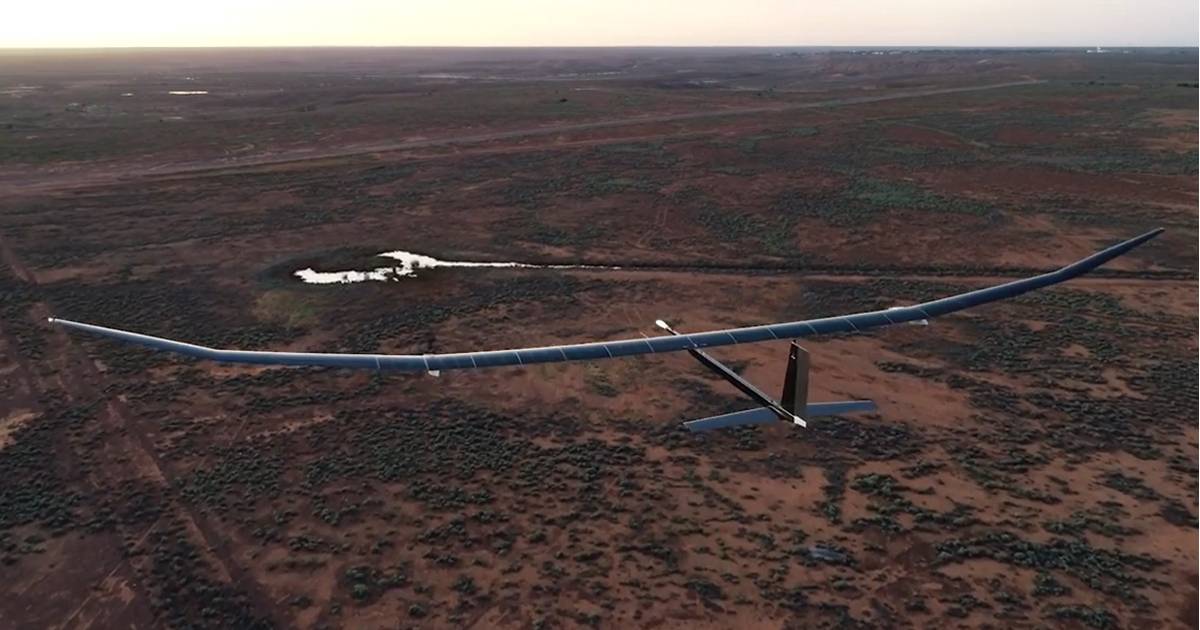BAE Systems is celebrating the successful maiden flight of a solar powered High-Altitude Long Endurance (HALE) aircraft at the RAAF’s Woomera Test Range in South Australia.
PHASA-35 is an unmanned 35-metre wingspan solar-electric aircraft that has progressed from design to flight in just 20 months. Built in partnership with UK’s Prismatic Ltd, which BAE Systems announced it would be acquiring last year, PHASA-35 has military applications but could also be used for purposes such bushfire detection and delivering communications services.
The aircraft is being developed to stay aloft for periods up to a year, which is possible as a result of the use of solar cells across its wings and a lithium-ion battery system. Able to operate in altitudes up to 21.3 kilometres, this will place PHASA-35 above clouds, meaning it can recharge its battery pack each day.
There’s little detail on the aircraft’s solar array, only that it uses Gallium Arsenide (GaAs) cells, which have been commonly used in space applications for decades. The power system is being constructed to achieve 400 daily cycles to 90% capacity. Details of the energy storage capacity of the lithium-ion battery pack haven’t been provided.
PHASA-25 is propelled by twin brushless direct drive electric motors with high altitude propellers.
While it has a huge wingspan compared to length, PHASA-35 is a lightweight – weighing around 150 kilograms thanks to its Carbon-Fibre-Composite (CFC) monocoque construction. It will be able to carry a payload of 15 kilograms and achieve 50-78kn airspeed (around 92-144 kmh).
BAE Systems says additional flight trials of the PHASA-35 are scheduled for later in 2020, with the potential for the aircraft entering initial operations with customers within 12 months of flight trial completion.
BAE and Prismatic have been working together on unmanned aerial vehicle (UAV) development since the start of 2017.
HALE UAVs An Alternative To Satellites
The use of solar powered high-altitude, long endurance UAVs has generated a lot of interest, research and development as the aircraft can be built and operated at the fraction of the cost of satellites.
Another company attracted to Australia’s wide open spaces (and comparatively few prying eyes) for HALE UAV testing is Airbus Defence And Space. The company established an operations base for its Zephyr Solar High Altitude Pseudo-Satellite (HAPS) at Wyndham Airfield in Western Australia in late 2018.
In October last year Airbus announced it was investing in Amprius, Inc., which is developing a new generation of silicon nanowire lithium-ion batteries that Airbus is eyeing for projects including Zephyr.


 RSS - Posts
RSS - Posts



The abbreviation of knots is kts not kn otherwise what is a kn?
“kn” would be a thousand of Isaac Newton’s best if it was spelt “kN”.